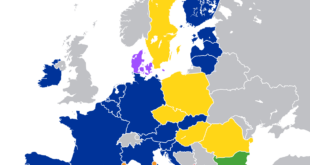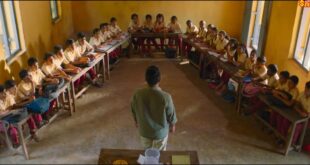- In Maharashtra’s political crisis, the Governor’s decision to call for the floor test has been in the spotlight once again.
- What are the Constitutional Provisions related to the Governor in calling for a Floor Test?
- Article 174 of the Constitution authorizes the Governor to summon, dissolve and prorogue the state legislative assembly.
- Article 174(2)(b) of the Constitution gives powers to the Governor to dissolve the Assembly on the aid and advice of the cabinet. However, the Governor can apply his mind when the advice comes from a Chief Minister whose majority could be in doubt.
- According to Article 175(2), the Governor can summon the House and call for a floor test to prove whether the government has the numbers.
- However, the Governor can exercise the above only as per Article 163 of the Constitution which says that the Governor acts on the aid and advice of the Council of Ministers headed by the Chief Minister.
- When the House is in session, it is the Speaker who can call for a floor test. But when the Assembly is not in session, the Governor’s residuary powers under Article 163 allow him to call for a floor test.
- Article 163 (1) essentially limits any discretionary power of the Governor only to cases where the Constitution expressly specifies that the Governor must act on his own and apply an independent mind.
- The Governor can exercise his discretionary power under Article 174, when the chief minister has lost the support of the House and his strength is debatable.
- Generally, when doubts are cast on the chief minister that he has lost the majority, the opposition and the Governor would rally for a floor test.
- On numerous occasions, the courts have also clarified that when the majority of the ruling party is in question, a floor test must be conducted at the earliest available opportunity.
- What is the Supreme Court’s View on the Governor’s Power in Calling the Floor Test?
- In 2016, the Supreme Court in NabamRebia and Bamang Felix vs Deputy Speaker case (the Arunachal Pradesh Assembly case) said that the power to summon the House is not solely vested in the Governor and should be exercised with aid and advice of Council of Ministers and not at his own.
- The Court highlighted the facts that the Governor is not an elected authority and is a mere nominee of the President, such a nominee cannot have an overriding authority over the representatives of the people, who constitute the House or Houses of the State Legislature.
- Allowing the Governor to overrule the State Legislature or the State executive would not harmoniously augur with the strong democratic principles enshrined in the provisions of the Constitution. Specially so, because the Constitution is founded on the principle of ministerial responsibility.
- In 2020, the Supreme Court, in Shivraj Singh Chouhan&Ors versus Speaker, Madhya Pradesh Legislative Assembly &Ors, upheld the powers of the Speaker to call for a floor test if there is a prima facie view that the government has lost its majority.
- “The Governor is not denuded of the power to order a floor test where on the basis of the material available to the Governor it becomes evident that the issue as to whether the government commands the confidence of the House requires to be assessed on the basis of a floor test.
Floor Test
- It is a term used for the test of the majority. If there are doubts against the Chief Minister (CM) of a State, he/she can be asked to prove the majority in the House.
- In case of a coalition government, the CM may be asked to move a vote of confidence and win a majority.
- In the absence of a clear majority, when there is more than one individual staking claim to form the government, the Governor may call for a special session to see who has the majority to form the government.
- Some legislators may be absent or choose not to vote. The numbers are then considered based only on those MLAs who were present to vote.
SOURCE: THE HINDU,THE ECONOMIC TIMES,MINT
 Chinmaya IAS Academy – Current Affairs Chinmaya IAS Academy – Current Affairs
Chinmaya IAS Academy – Current Affairs Chinmaya IAS Academy – Current Affairs



